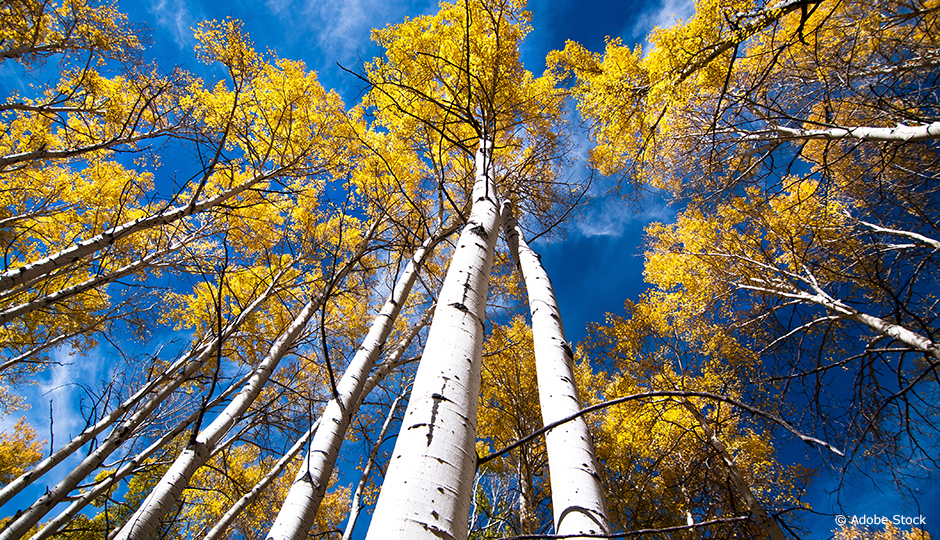Did you know that birch sap begins to run as the maple season draws to an end each spring? The slightly sweet sap of the white birch can be drunk or transformed into syrup. In fact, birch water has been a fashionable health drink for several years in Asia and Europe. Québec production of this high-end natural health product is in its early stages, and has not always been smooth sailing!
Tapping does not kill white birch trees on the short or medium term provided the population is in good health.
A birch tree will respond to tapping by sealing off the wound to prevent microorganisms and air from entering the damaged tissue. This biochemical mechanism leads to staining of the wood above and below the taphole. The problem is that the discolouration downgrades the quality of the wood and reduces its monetary value compared to wood of a more uniform colour.
André Vézina, a forestry engineer at Biopterre bioproducts development centre, a college technology transfer centre affiliated with the Institut de technologie agroalimentaire de La Pocatière, sought to help the birch industry by analyzing this phenomenon. After harvesting sections of tapped birch in the regions of Jamésie, Beauce and La Tuque, he developed a digital photography technique to measure the discolouration of the wood without the need to bring the tree samples into the laboratory. He and his team then followed the progression of the discolouration of the wood over the five years following tapping. He also measured wound healing times and analyzed the factors influencing discolouration.
With this study, Vézina was able to prove that tapping does not kill white birch trees on the short or medium term provided the population is in good health. To limit the area of discolouration, the use of a smaller spile is recommended. Finally, he emphasized the importance of developing specific silvicultural practices for white birch rather than simply applying the approach used for maple.




